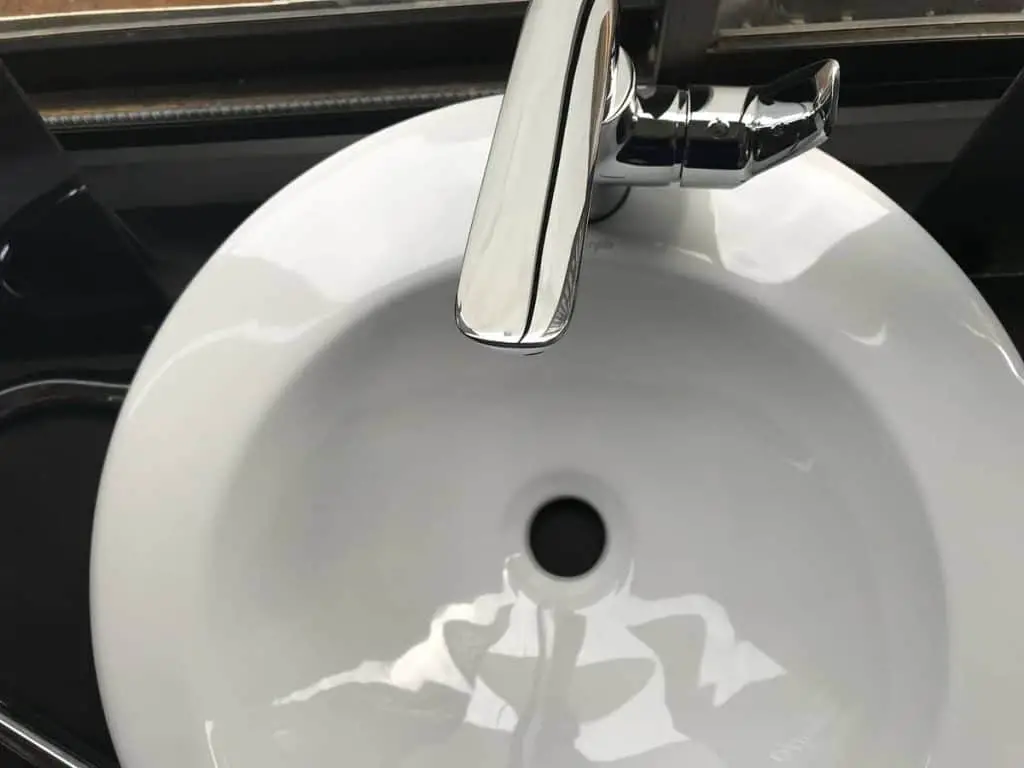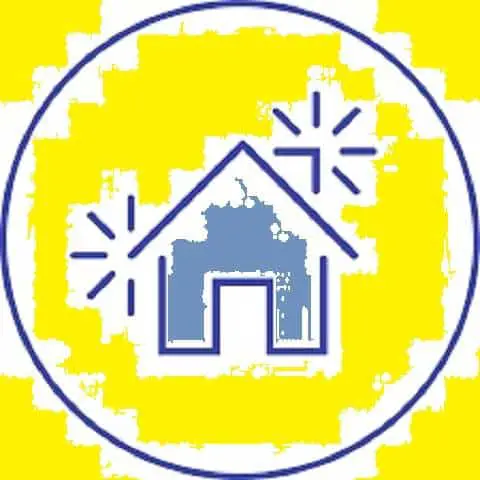
Underneath well made walls and new floors can be hidden issues that could take away your good night sleep. There are, at least, two potential problems to keep an eye on: leaking pipes and bad smell coming from the sewage.
Leaking pipe somewhere in the wall
The most common cause:
Any cracked or damaged pipes, bad insulation at the time of connecting the pipes (did not use the right materials at the joints) or pipes are not aligned properly. You will need to break the wall to find the leakage.
It could also be:
Materials used were from different brands and they didn’t fit perfectly. Tubes and connections need to be of the same brand, otherwise the fittings don’t fit properly.
During construction work pipes were stored poorly (standing up, open to the direct sunlight) and then bent. And then, even if they were of the same brand, the fittings were not properly closed and insulated.
How it can be avoided:
At the time of buying materials and pipes, you could have checked that all pieces were of the same brand.
You could have checked that the plumber had really tested for leakages when this work was finished. And this was done before letting mason close the wall. Without testing, you failed to see if there was a leakage problem and where it was. Ask to test, always.
But how to do a leakage test?
Always test for leaking plumbing before closing the wall. Ask the plumber to check if there is any potential leakage in the new installation. This test must be done before installing any faucets or shower and before closing the wall.
The plumber must put plugs to block all water exit places (where they will be tabs, shower or faucets) and open the water flow and let it test the system for 24h. If you are using a water tank, make sure it is full before starting the test. During this test you will see if there are any leaking points and where they are.
If you discover leaking plumbing, make the plumber redo those sections using appropriate connecting pieces and insulation materials. Then, repeat the test (for 24 hours, again) until there are no more leaks.
Only after making sure that all piping is well done, with no leaks, allow the mason to close the walls and install showers, tabs, etc.
Read also: How to avoid problems with sewage and water installation? – in this article. And, 10 strategies how to avoid wasting time on a renovation project? – in this article.
Smell of sewage in the bathroom
The most common cause:
Problem in the sealing ring, which lies between the base of the toilet and the sewer pipe. If it is badly installed or if it has not been placed at all, this bad smell appears.
It could also be:
That the bricklayer has not placed a siphoned drain or that sewage pipes are inclined less than the recommended inclination and, therefore, the sewage does not flow out as it should. Then the smell of sewage becomes strong and does not leave the bathroom.
How it can be avoided:
Made it very clear that you wanted your plumber to have installed a sealing ring and used a siphoned drain and checked that these parts were in the list of materials you bought.
You could also have gone to the construction site and asked to see the installation of the parts and the inclination of the pipes.
But if the smell is already there, what to do to make it disappear?
If the above materials have not been used during installation, there is no easy way to fix the smell issue. The solution will be to undo the installation and redo it again with all correct pieces in place. Unless you do not mind the smell.
To install a sealing ring, it will be necessary to unscrew the toilet, place the ring and fix the toilet in the right location again. Then you have to use grout between the toilet and the floor and that’s it, job done.
To install a siphoned drain, it will be necessary to open the floor and redo the pipe in the bathroom.
To install a ventilation pipe, it will be necessary to open the wall and install the ventilation pipe, so that it rises to the open air (an external wall or the roof).
And if you are only about to start the sewage work, prevention is much better than fixing the issues after the work is already done.
Make sure that these necessary materials are on your shopping list. Plan and check with the plumber or mason and make sure all elements are installed properly. Be sure to visit the construction site and check out the progress. This way, your new bathroom will look beautiful and will not smell of sewage to bother you.
Read also: How to clean clogged sewage? and be your own plumber – in this article. And, How to calculate materials for a renovation project? – in this article.


